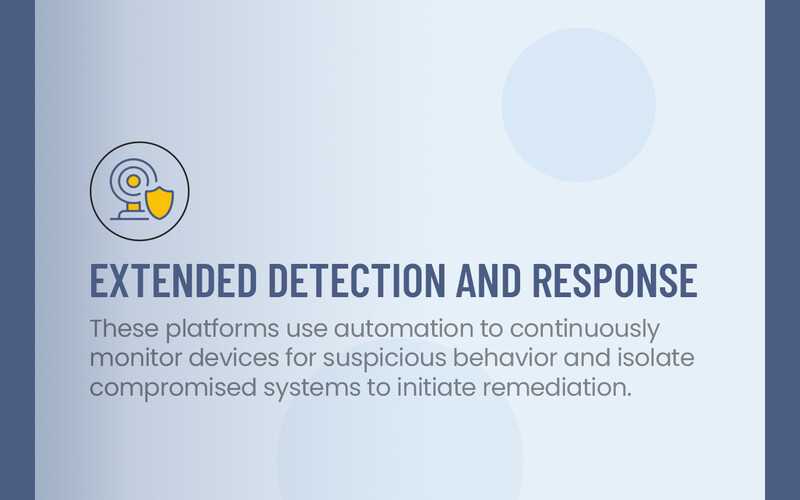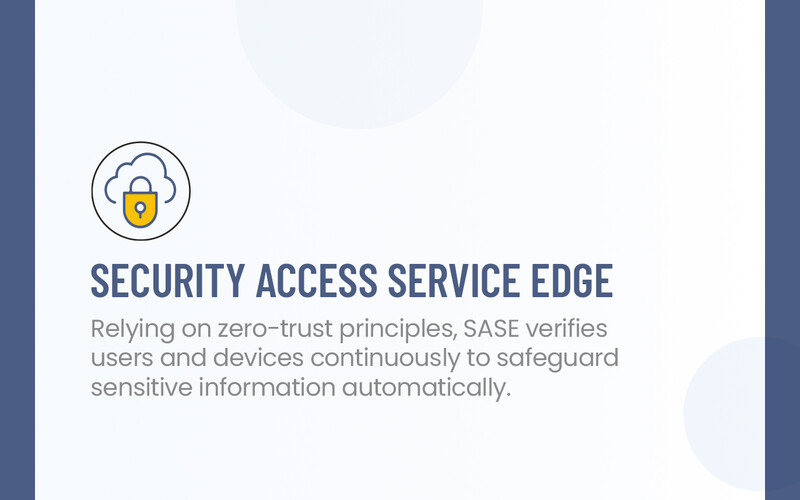Today, remote work at the health system spans everything from people logging in to its networks from home to physicians and administrators communicating and collaborating across its various facilities. It includes Sentara Health’s centralized nursing system (which allows clinicians to support services provided to patients in other locations) and telehealth for rural communities.
Sentara Health’s remote work is inherently about organizational flexibility, Thomas says, and having the technology that’s needed to operate effectively and efficiently.
“We have a platform that allows us to be less dependent on location and to better utilize our clinical resources,” he says. “I think most people would agree that that’s a great position for us to be in.”
A New Reality of Remote and Hybrid Work in Healthcare
Sentara Health is among a growing number of healthcare organizations that have made remote work a permanent part of their enterprise. Fueled by digital transformation — especially cloud adoption and the streamlining of IT processes — health systems view the ability to work from anywhere as table stakes in the industry.
“Remote is no longer a pandemic trend,” says Christine Belmonte, president of the technology staffing division at The Planet Group, a professional services firm. TPG conducted a 2025 analysis of its job placements over the previous 12 months and found that 69% of the healthcare support roles it filled were entirely remote. That compares with a 2022 McKinsey survey finding that 31% of such roles were fully remote, and 14% were hybrid positions.
Support roles in the industry cover a wide range of administrative functions, Belmonte says, from patient registration to billing and collections to regulatory compliance. Separately, among jobs in healthcare technology — a category that includes systems administrators and cybersecurity specialists, for example — 88% of openings were fully remote, TPG found.
READ MORE: Chart the future of remote and hybrid workplaces with strategic investments.
While the firm didn’t look into remote or hybrid openings for clinical staff, a 2025 fact sheet from the American Hospital Association notes that nearly 9 in 10 hospitals now offer telehealth services, and that “expanding the telehealth workforce” could help organizations overcome healthcare staffing shortages.
It’s now much easier to find hospitals in the U.S. that have integrated remote work into their permanent operations. At Cleveland Clinic, for example, thousands of employees work in hybrid or fully remote positions, and the same is true at Baptist Health in Kentucky, where flexible work hours are the norm for many support staff. Boston Children’s Hospital lists hybrid positions for everything from surgical schedulers to occupational and physical therapists. Mayo Clinic’s recent job openings have remote slots in marketing and data science.
The rise and persistence of remote work in the industry doesn’t surprise Belmonte. She points to workplace modernization as a significant driver, but she also says that it’s about “where the talent lives” and evolving employee expectations for what healthcare work should look like.
“If you’re a hospital and you need to hire skilled professionals, offering the opportunity to work remotely could help you find the right people,” Belmonte says.















